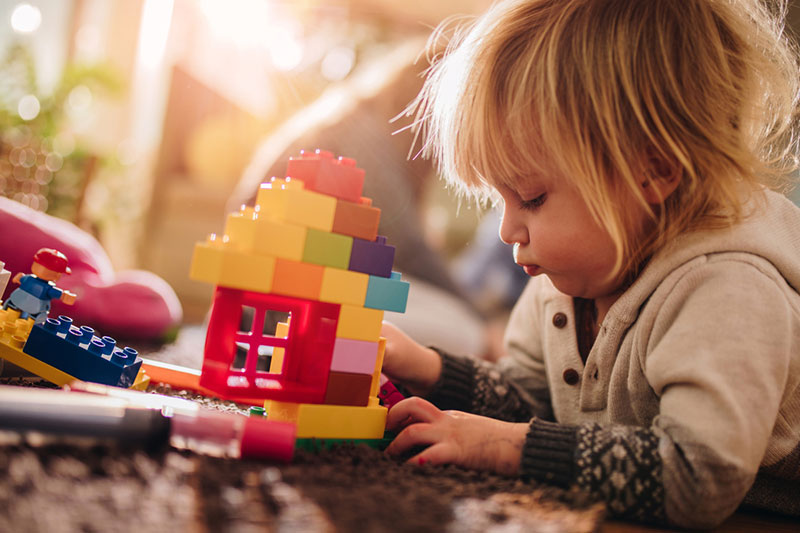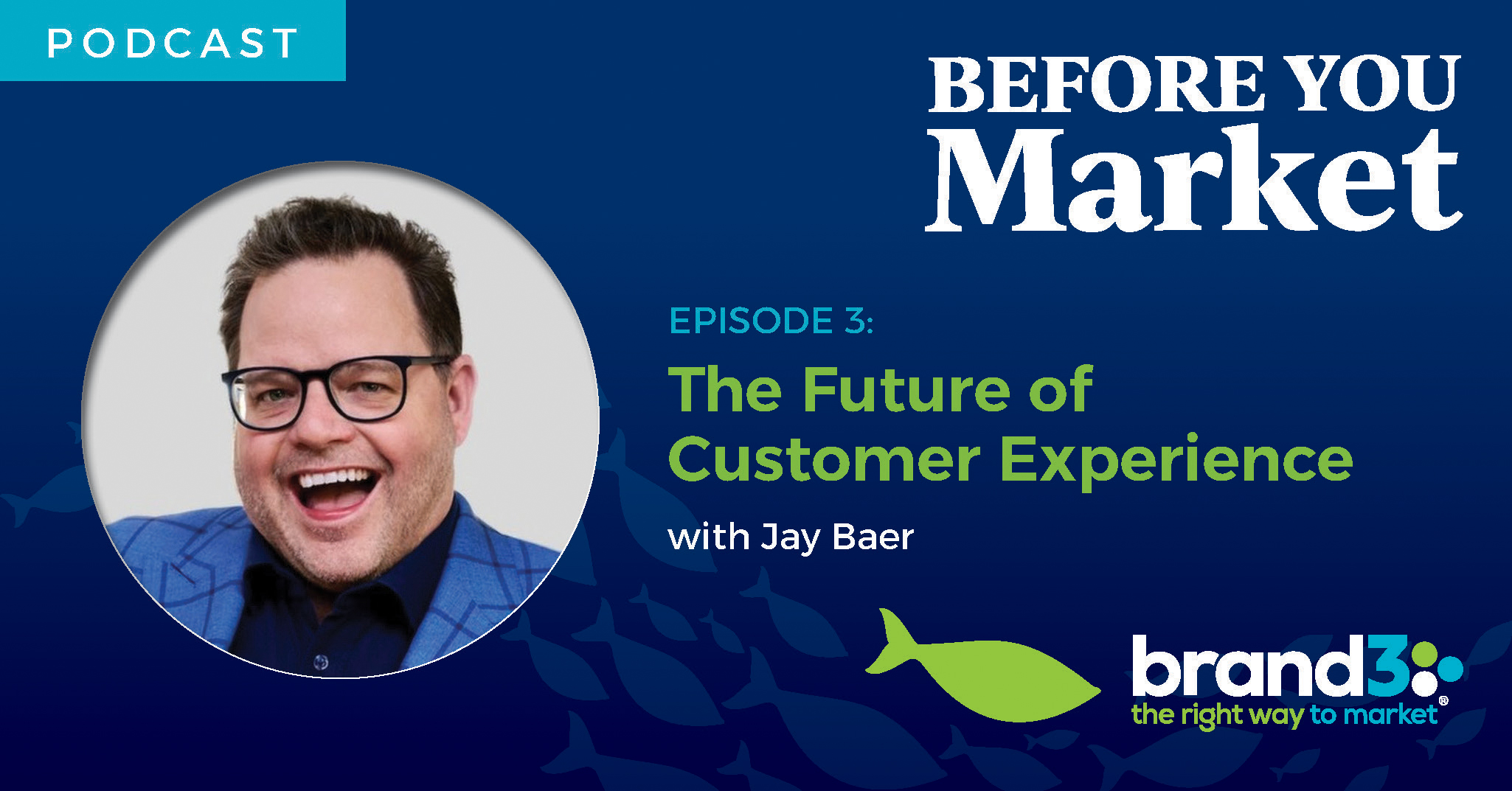
Is a Toys"R"Us comeback possible? Could Toys"R"Us really be coming back? We all know that the company closed all 735 of its US stores and fired nearly 31,000 workers in June as part of a bankruptcy liquidation, after years of mismanagement that left it drowning in debt. For years, the company fell further and further behind big box retailers like Walmart, and lost out on online shopping to Amazon. Instead of investing in things like store upkeep and paying its employees well, company resources were devoted to paying off billions of dollars in debt.
But like a Phoenix rising from the ashes, Geoffrey the Giraffe may be returning.
While the company did liquidate its inventory of toys and sold off its other material assets, including stores and distribution centers, at the last minute, they pulled the rights to the actual brand names and other intellectual property from the auction block. Toys"R"Us had planned to auction off the rights to its brand and the Babies"R"Us brand. In fact, bidders had already made offers for them.
But the fact that other bidders were interested in buying the name doesn't necessarily mean that they were looking to bring Toys"R"Us back to life. It’s pretty common for companies to buy the brands of out-of-business competitors in bankruptcy court. The goal is to prevent rivals from using the brand. Details of who wanted to snap up the Toys"R"Us and Babies"R"Us brands were not disclosed in the bankruptcy filing.
But instead of selling the brand names, the group of funds that financed Toys"R"Us lenders during the bankruptcy is seeking to reorganize the intellectual property assets (brand name, trademarks, e-commerce website, etc.) into a new company that will maintain the current license agreements and can invest in new retail stores. These funds now control rights to the Toys"R"Us name and that of Babies“R”Us, because the intellectual property served as collateral on their loans. ,
A Toys"R"Us comeback is already being marketed. On Twitter, Geoffrey the Giraffe is shown clutching a suitcase, and the company says he’s simply been traveling the globe and is back and ready to play.
The company press release indicates the new venture won’t be the same old, same old. “In addition to continuing to service these markets, the new owners are actively working with potential partners to develop ideas for new Toys “R” Us and Babies “R” Us stores in the United States and abroad that could bring back these iconic brands in a new and re-imagined way. Geoffrey LLC will provide additional detail on this front as it becomes available.”
But it may be difficult to ramp up U.S. operations again due to the lengthy bankruptcy process. Major suppliers including Mattel Inc. and Hasbro Inc. have found new distributors, and customers have started buying their toys elsewhere.
To succeed, Toys"R"Us will need top-notch marketing, branding and management resources, particularly since some toymakers affected by its demise may be reluctant to ship. Take Mattel, for instance, which saw sales plunge and had to institute cost-cutting measures after the Toys"R"Us bankruptcy.
While Toys"R"Us stores may have closed and the inventory sold off, the brand name itself, combined with assets like Geoffrey, still have tremendous value. Generations of children, many of them now parents or grandparents, grew up with Toys"R"Us and would love to go shopping there again.
The first Toys"R"Us opened in 1957. Founder Charles Lazarus essentially created a supermarket for toys, with toys of all sorts stocked high on shelves. He named it Toys "R" Us — with a backwards "R" in the logo that was supposed to look like it was drawn by a kid. And boy, could kids relate.
And the kid in all of us remembers what fun it was to go into our local Toys"R"Us and see the newest toys, along with the classic standbys. We miss it. A small toy department at Walmart or Target just isn’t the same. You could spend hours at a Toys"R"Us, getting toys for all ages.
Toys"R"Us is dipping a toe into the water with the announcement that "Geoffrey's Toy Box" (under the recently formed Geoffrey LLC) will sell toys from its various private label brands in nearly 600 Kroger grocery stores in almost 30 states. The pop up shops have already opened, and will last throughout the holiday season.
Toys"R"Us is counting on nostalgia and impulse buying at the grocery store to make friends with parents and children again. The Geoffrey’s Toy Box pop up shops will sell toys from Toys"R"Us' former private labels, including Imaginarium, Edu Science, Animal Zone, Journey Girls, You & Me, and Just Like Home. And nothing will be outrageously expensive. All toys will cost between $19.99 and $49.99.

But there are dangers associated with a Toys"R"Us comeback that rides solely on brand. Many people associate happy childhood memories with Toys"R"Us. Any rebranding that alters that emotional connection could hamper a comeback. Rehiring laid off workers could go a long way toward good publicity in communities where stores may reopen. Failure to do right by former workers could prompt protests outside a new toy store, for example. That wouldn’t be good for Geoffrey’s image.
The demand for toy stores is certainly there. Just look at the competitors rushing in to fill the void left by Toys"R"Us closing. The new owner for KB Toys Inc., which used to be the second-largest U.S. toy seller before its own collapse in 2009, is planning 1,000 holiday pop-up stores under the name, while Amazon.com Inc. is introducing a holiday toy catalog.
So how can Toys"R"Us do it differently this time around? Can they create a new experience that makes every child want to be a Toys"R"Us kid?
An idea they had toyed with—pun intended—but didn’t have the financial resources to put fully into place was creating “play places” in stores, where kids could try out toys before persuading a parent to buy them. But what about turning the whole building into one giant play place? Say, for $15 an hour, your child can play with any toy that Toys"R"Us sells? Of course the clear goal would be getting you to buy the favorites online either from a kiosk in store, or online later.
If the Bankruptcy Court approves the plan, and the owners of Toys"R"Us are able to bring the company back to being a profitable enterprise, they will be creating a road map for other struggling retail brands such as Sears and JC Penney to save themselves.
The most important thing other struggling retailers can learn from this is to keep your brand. Your brand, intellectual property, such as trademarks and your e-commerce website can save your company. This gives a company options.
You can expect to see Toys"R"Us to do several things as they launch their comeback:
There are several ways they can win back dedicated fans who have started buying their toys elsewhere:
And Toys ‘R’ Us will have to provide an amazing customer experience to make customers fall in love with them again.
While getting once loyal customers to return to the brand, the Toys"R"Us comeback will also have to mount a campaign to attract new customers. We expect them to use that social media blitz to reward new Twitter followers, people who “like” and share their page on Facebook, and sharing all sorts of new content on their website—videos, product demos and much more.
Expect contests galore and marketing efforts that partner with established baby and kid product companies—diaper companies, kids’ TV and more.
Toys"R"Us will want to reach consumers where they spend time—TV commercials may target grandparents or kids’ TV shows. With so many millennials cutting the cord, TV commercials aren’t as effective for young parents or even middle aged parents.
Expect Toys"R"Us to utilize ever social media outlet the can—Facebook, Twitter, Instagram, Snapchat. And their website won’t just be an e-commerce site. Expect videos and product demos.
It will be interesting to see if the Toys"R"Us comeback succeeds. It’s possible to bring a brand back from the dead, but it requires using new technologies and ideas to bring the brand into the future.



